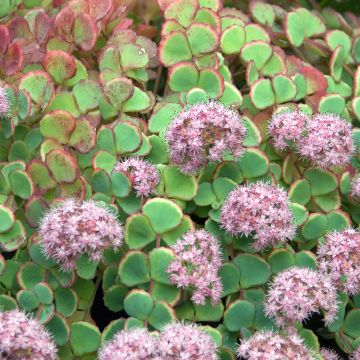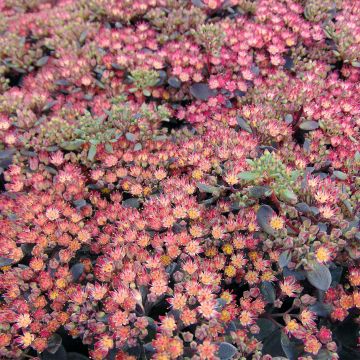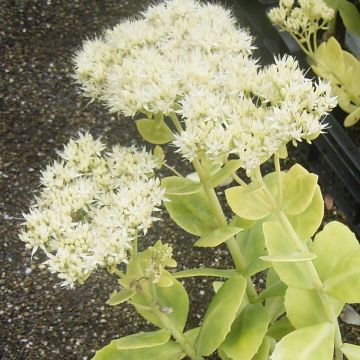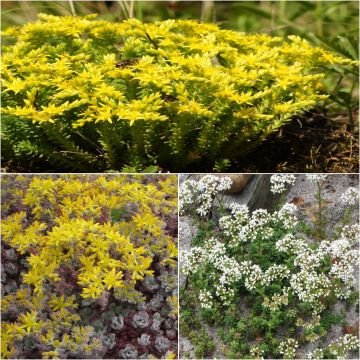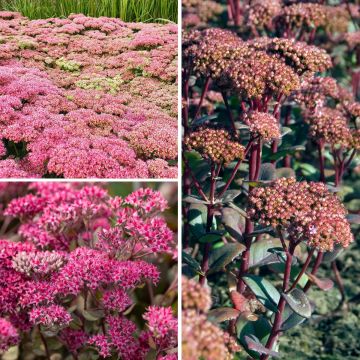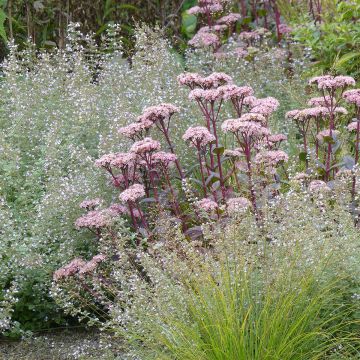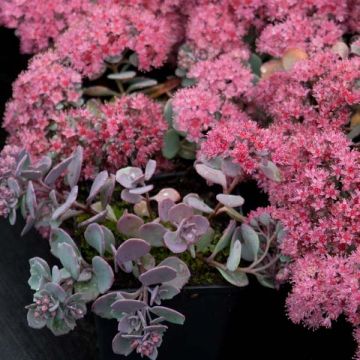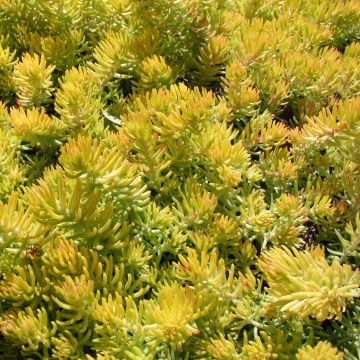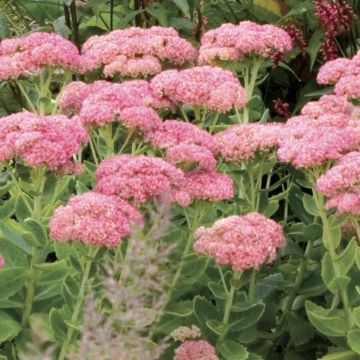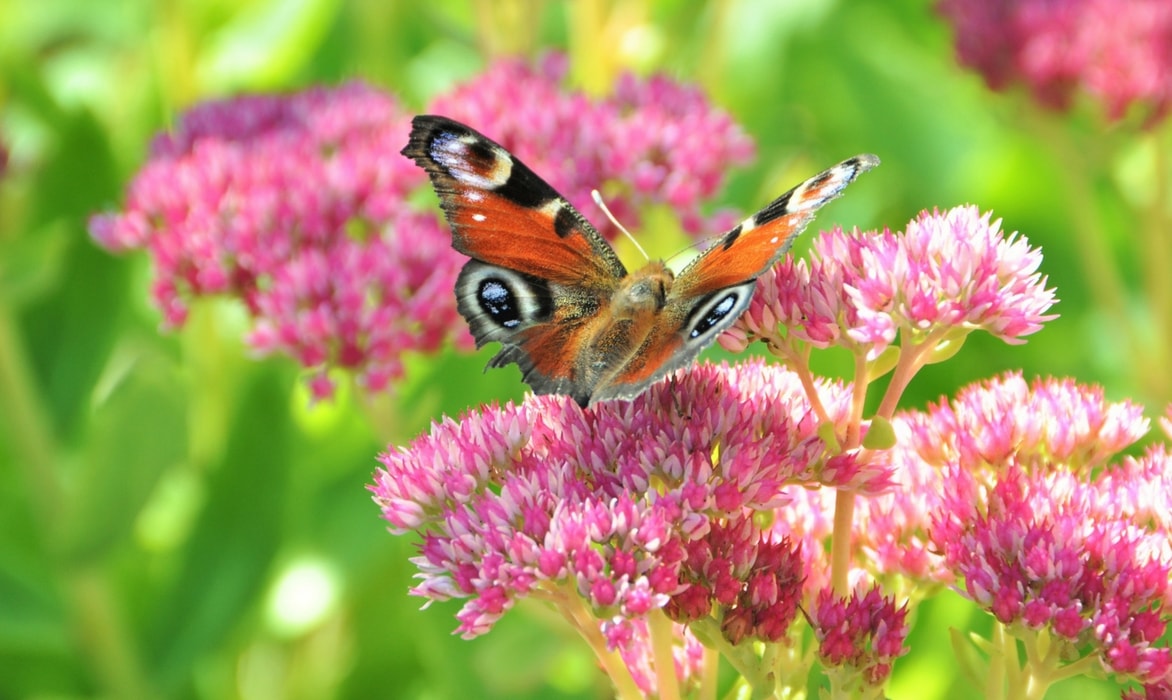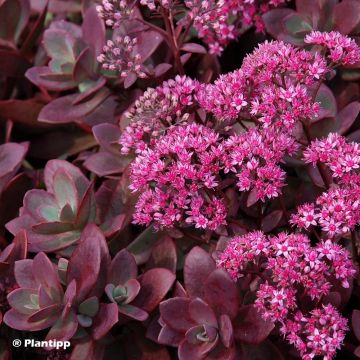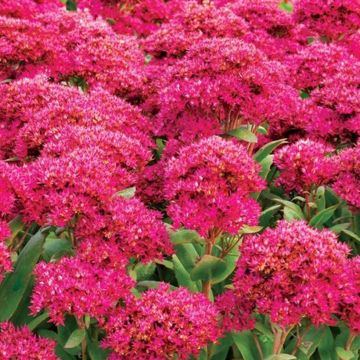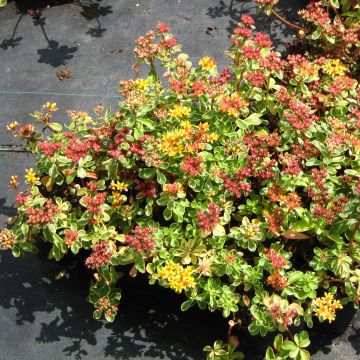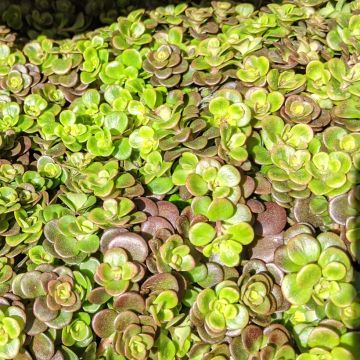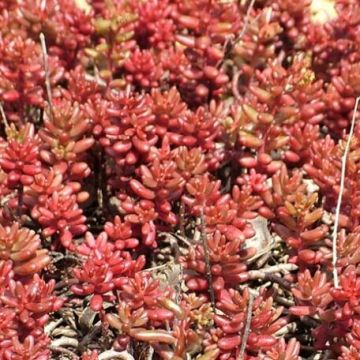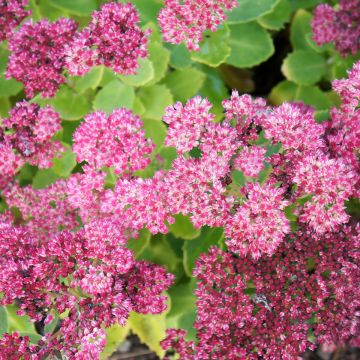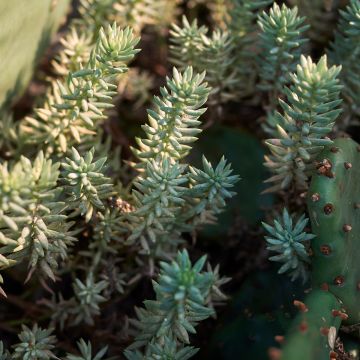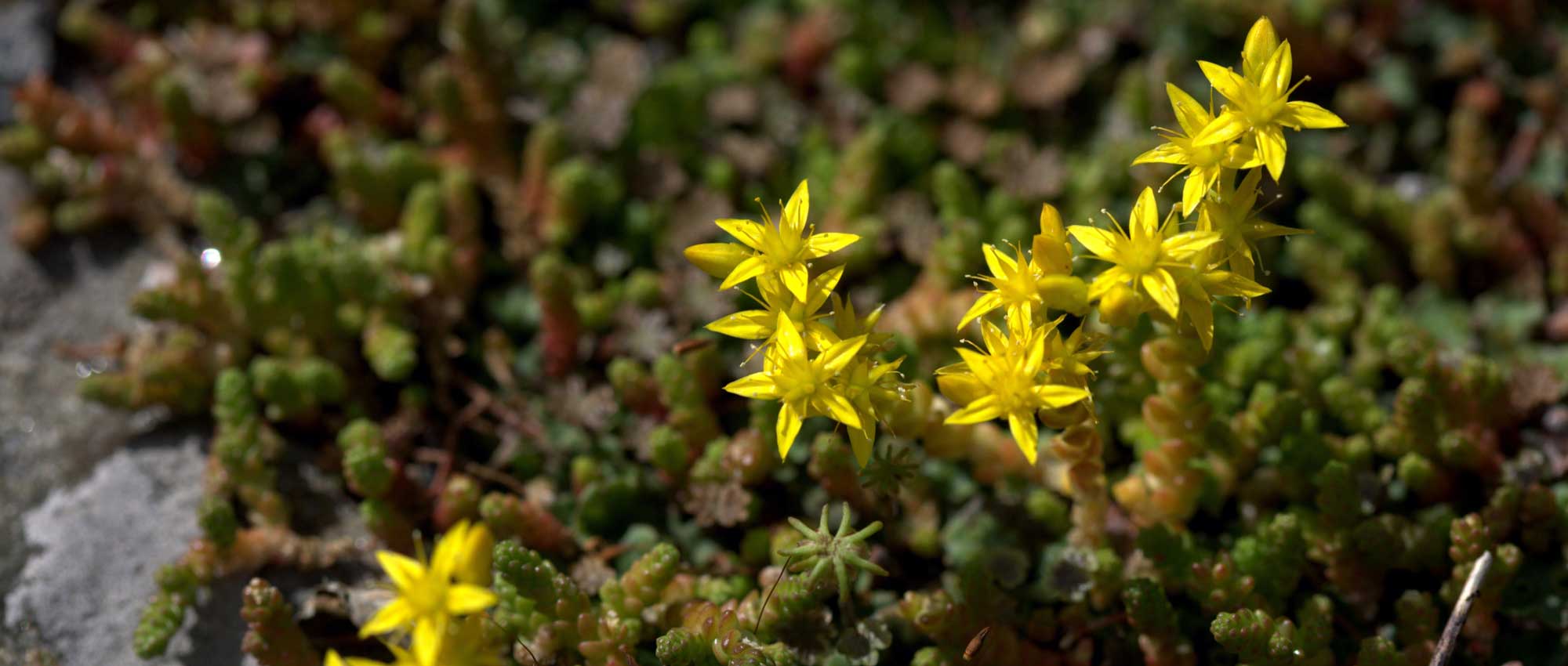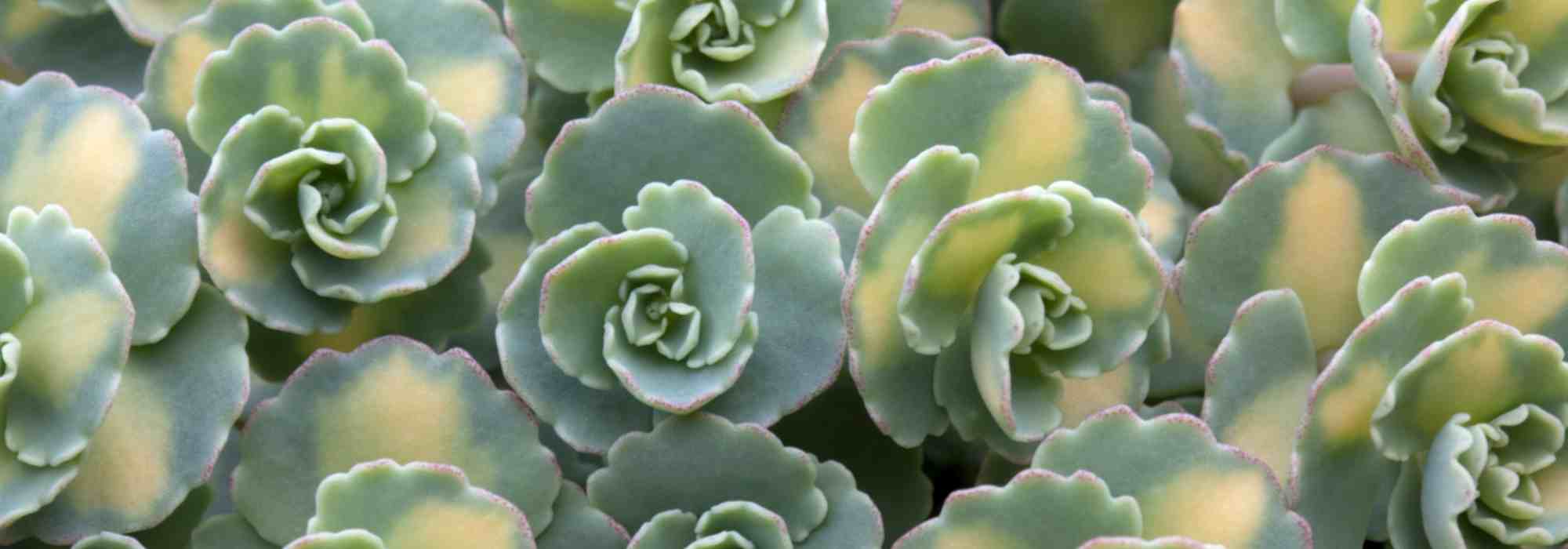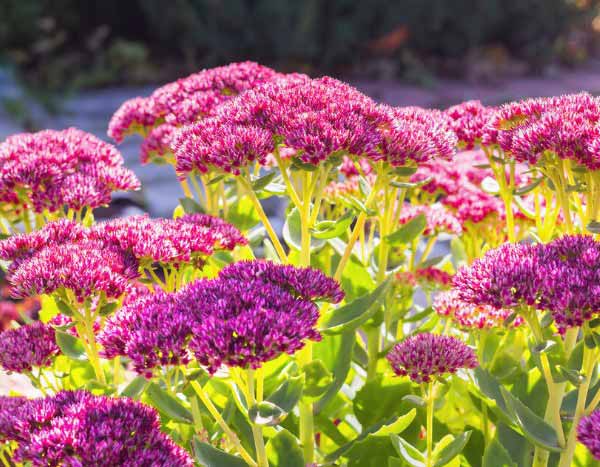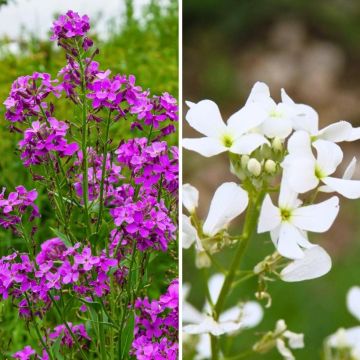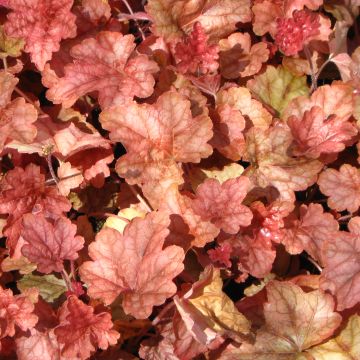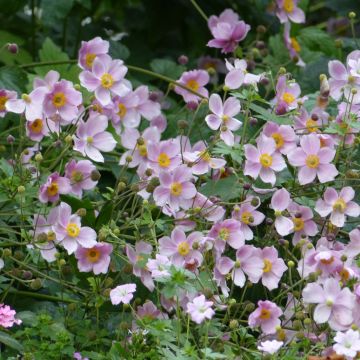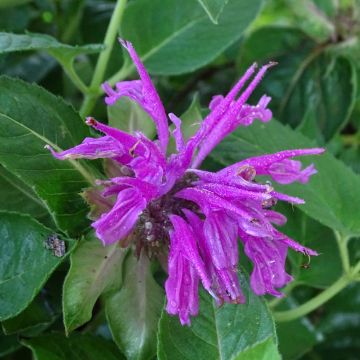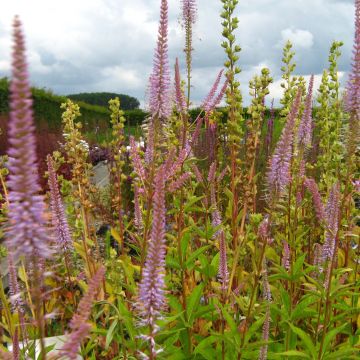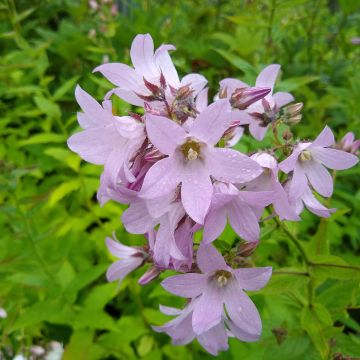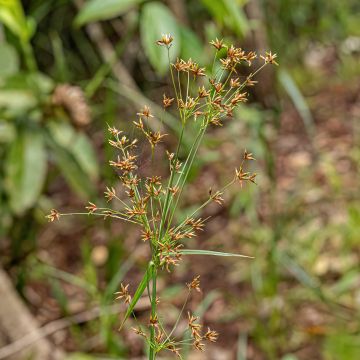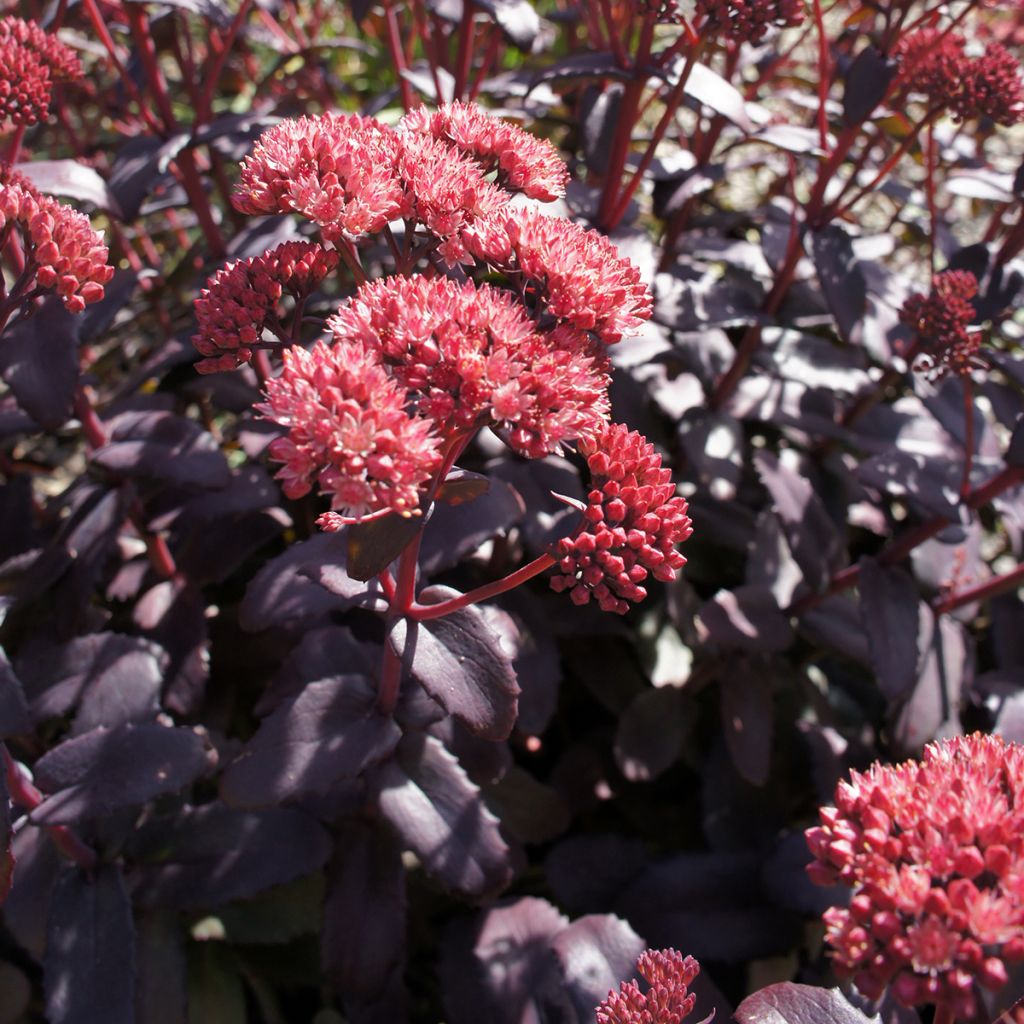

Hylotelephium spectabile Night Embers - Stonecrop
Hylotelephium spectabile Night Embers - Stonecrop
Hylotelephium spectabile Night Embers (PP29211)
Ice plant, Stonecrop, Orpine, Live-forever, Witch's Moneybags, Livelong
Special offer!
Receive a €20 voucher for any order over €90 (excluding delivery costs, credit notes, and plastic-free options)!
1- Add your favorite plants to your cart.
2- Once you have reached €90, confirm your order (you can even choose the delivery date!).
3- As soon as your order is shipped, you will receive an email containing your voucher code, valid for 3 months (90 days).
Your voucher is unique and can only be used once, for any order with a minimum value of €20, excluding delivery costs.
Can be combined with other current offers, non-divisible and non-refundable.
Why not try an alternative variety in stock?
View all →This plant carries a 12 months recovery warranty
More information
We guarantee the quality of our plants for a full growing cycle, and will replace at our expense any plant that fails to recover under normal climatic and planting conditions.
Does this plant fit my garden?
Set up your Plantfit profile →
Description
Sedum (Hylotelephium) spectabile 'Night Embers' is a remarkable autumn stonecrop, characterized by the very dark colour of its foliage, a purplish violet shade tending towards black. This perennial forms a beautiful upright tuft and is adorned with subtly coloured inflorescences in mauve pink in late summer. The overall effect offers a unique and refined color palette that stands out in the garden. It is a plant that is even more rewarding as it tolerates both dry and poor soils as well as cold temperatures. And its beautiful flowering provides food for numerous butterflies and other pollinators.
The 'Night Embers' autumn Hylotelephium belongs to the Crassulaceae family. It is a cultivar obtained by Walters Gardens in the U.S.A. It comes from the Sedum spectabile (synonymous with Hylotelephium spectabile), a perennial species native to China and Korea. It forms a dense tuft, proudly upright, reaching 60 to 65cm in height with a roughly equivalent spread. Its growth is quite slow. The flowering generally starts in September, remaining decorative until the first frost. The inflorescences, in compact and rounded terminal cymes, reach 5 to 7cm in diameter. The tiny flowers emerge as dark pink buds and then open in a light pink shade, tending towards mauve. Highly nectariferous and melliferous, they attract numerous insects. The above-ground vegetation is deciduous, emerging from the ground in spring and disappearing before winter. The sturdy stems are very dark red. They bear thick, fleshy, glossy oval-shaped leaves measuring between 5 and 7cm in length. Their colour is a very dark purple.
Perfect for areas in the garden where the soil is lacking in depth, the 'Night Embers' Sedum is a plant that thrives in well-drained, even dry soil. Pair it with rocks in the rock garden, paving stones on the terrace, and low walls. It can be surrounded by a procession of ornamental grasses such as Stipa and Eragrostis, and grey-leaved plants such as Cerastiums, Artemisias, and silver Cinerarias, which, like it, tolerate these challenging living conditions. Its remarkably coloured foliage will be perfectly enhanced by the blue flowering of 'Cat's Pyjama' Nepetas. Its visual appeal is also suitable for container planting and it is an excellent flower for drying or for fresh flower arrangements.
Flowering
Foliage
Plant habit
Botanical data
Hylotelephium
spectabile
Night Embers (PP29211)
Crassulaceae
Ice plant, Stonecrop, Orpine, Live-forever, Witch's Moneybags, Livelong
Sedum spectabile 'Night Embers'
Cultivar or hybrid
Other Sedum
View all →Planting and care
Plant Autumn Stonecrop 'Night Embers' in ordinary soil, not too rich, even dry, sandy and chalky, but absolutely well-drained to protect the roots from cold winter moisture. It tolerates clay soils in dry winter regions. Excess fertilizer can distort this well-behaved variety. Plant it in full sun, to encourage abundant flowering, dense habit, and enhance foliage colouration. In pots, provide a layer of gravel for drainage.
Stonecrops are very easy to propagate, in spring, cut a stem or even a leaf that you will leave to dry for a few days in a shady place until they dry out a little, then place them in a tray of moist sand.
Planting period
Intended location
Care
Planting & care advice
This item has not been reviewed yet - be the first to leave a review about it.
Similar products
Haven't found what you were looking for?
Hardiness is the lowest winter temperature a plant can endure without suffering serious damage or even dying. However, hardiness is affected by location (a sheltered area, such as a patio), protection (winter cover) and soil type (hardiness is improved by well-drained soil).

Photo Sharing Terms & Conditions
In order to encourage gardeners to interact and share their experiences, Promesse de fleurs offers various media enabling content to be uploaded onto its Site - in particular via the ‘Photo sharing’ module.
The User agrees to refrain from:
- Posting any content that is illegal, prejudicial, insulting, racist, inciteful to hatred, revisionist, contrary to public decency, that infringes on privacy or on the privacy rights of third parties, in particular the publicity rights of persons and goods, intellectual property rights, or the right to privacy.
- Submitting content on behalf of a third party;
- Impersonate the identity of a third party and/or publish any personal information about a third party;
In general, the User undertakes to refrain from any unethical behaviour.
All Content (in particular text, comments, files, images, photos, videos, creative works, etc.), which may be subject to property or intellectual property rights, image or other private rights, shall remain the property of the User, subject to the limited rights granted by the terms of the licence granted by Promesse de fleurs as stated below. Users are at liberty to publish or not to publish such Content on the Site, notably via the ‘Photo Sharing’ facility, and accept that this Content shall be made public and freely accessible, notably on the Internet.
Users further acknowledge, undertake to have ,and guarantee that they hold all necessary rights and permissions to publish such material on the Site, in particular with regard to the legislation in force pertaining to any privacy, property, intellectual property, image, or contractual rights, or rights of any other nature. By publishing such Content on the Site, Users acknowledge accepting full liability as publishers of the Content within the meaning of the law, and grant Promesse de fleurs, free of charge, an inclusive, worldwide licence for the said Content for the entire duration of its publication, including all reproduction, representation, up/downloading, displaying, performing, transmission, and storage rights.
Users also grant permission for their name to be linked to the Content and accept that this link may not always be made available.
By engaging in posting material, Users consent to their Content becoming automatically accessible on the Internet, in particular on other sites and/or blogs and/or web pages of the Promesse de fleurs site, including in particular social pages and the Promesse de fleurs catalogue.
Users may secure the removal of entrusted content free of charge by issuing a simple request via our contact form.
The flowering period indicated on our website applies to countries and regions located in USDA zone 8 (France, the United Kingdom, Ireland, the Netherlands, etc.)
It will vary according to where you live:
- In zones 9 to 10 (Italy, Spain, Greece, etc.), flowering will occur about 2 to 4 weeks earlier.
- In zones 6 to 7 (Germany, Poland, Slovenia, and lower mountainous regions), flowering will be delayed by 2 to 3 weeks.
- In zone 5 (Central Europe, Scandinavia), blooming will be delayed by 3 to 5 weeks.
In temperate climates, pruning of spring-flowering shrubs (forsythia, spireas, etc.) should be done just after flowering.
Pruning of summer-flowering shrubs (Indian Lilac, Perovskia, etc.) can be done in winter or spring.
In cold regions as well as with frost-sensitive plants, avoid pruning too early when severe frosts may still occur.
The planting period indicated on our website applies to countries and regions located in USDA zone 8 (France, United Kingdom, Ireland, Netherlands).
It will vary according to where you live:
- In Mediterranean zones (Marseille, Madrid, Milan, etc.), autumn and winter are the best planting periods.
- In continental zones (Strasbourg, Munich, Vienna, etc.), delay planting by 2 to 3 weeks in spring and bring it forward by 2 to 4 weeks in autumn.
- In mountainous regions (the Alps, Pyrenees, Carpathians, etc.), it is best to plant in late spring (May-June) or late summer (August-September).
The harvesting period indicated on our website applies to countries and regions in USDA zone 8 (France, England, Ireland, the Netherlands).
In colder areas (Scandinavia, Poland, Austria...) fruit and vegetable harvests are likely to be delayed by 3-4 weeks.
In warmer areas (Italy, Spain, Greece, etc.), harvesting will probably take place earlier, depending on weather conditions.
The sowing periods indicated on our website apply to countries and regions within USDA Zone 8 (France, UK, Ireland, Netherlands).
In colder areas (Scandinavia, Poland, Austria...), delay any outdoor sowing by 3-4 weeks, or sow under glass.
In warmer climes (Italy, Spain, Greece, etc.), bring outdoor sowing forward by a few weeks.






























